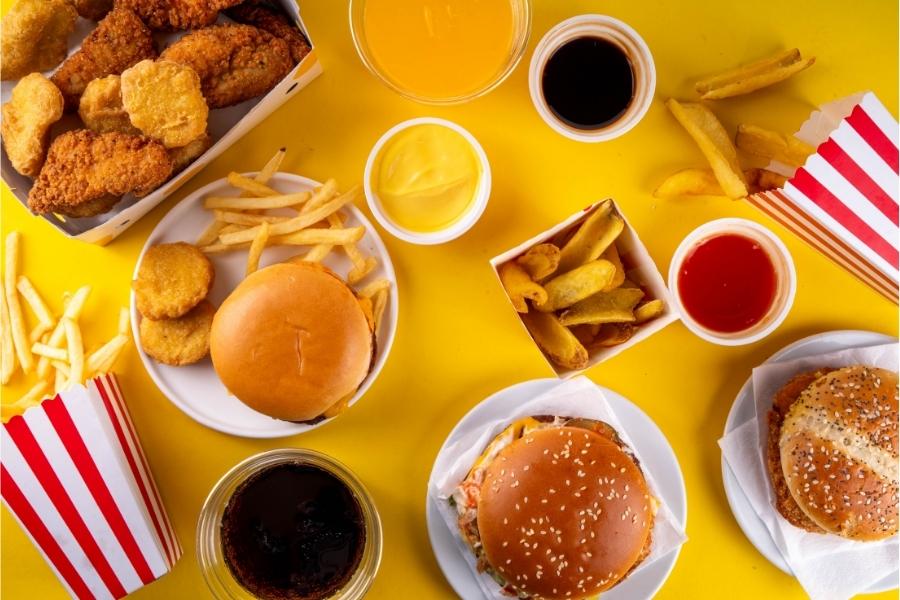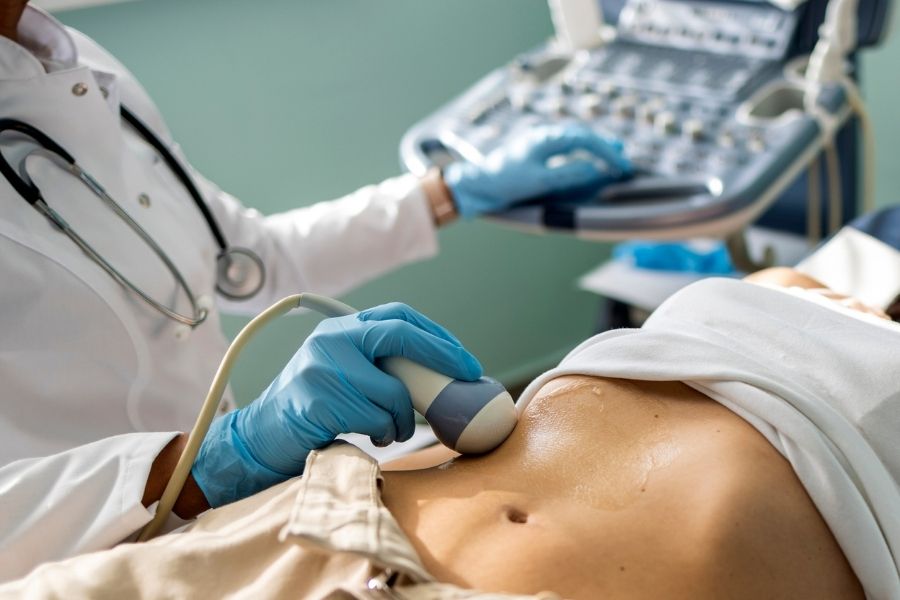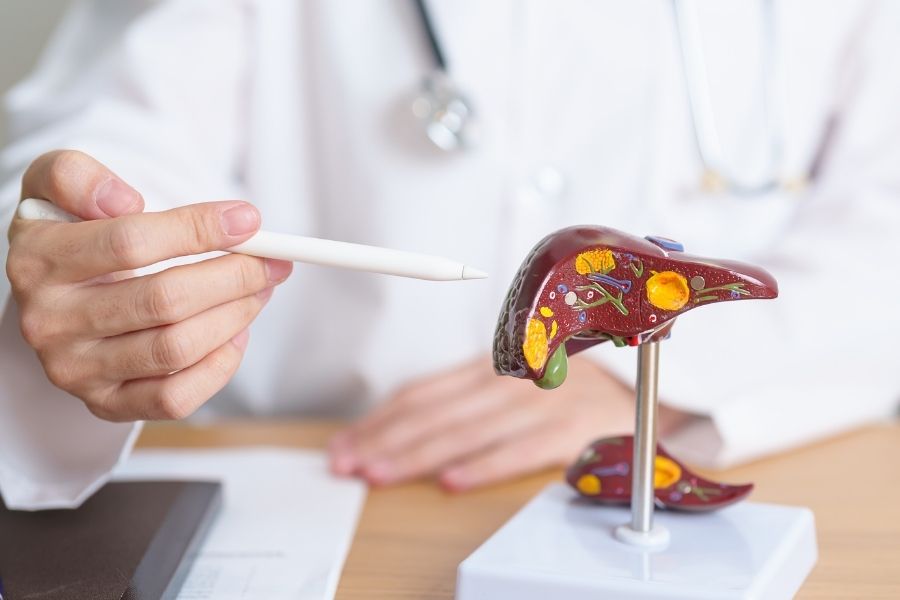Non-alcoholic fatty liver disease is a growing concern among people of all age groups. But, in recent times, it has become a serious issue even for people under the age of 30. Why is this a concerning trend and how can one prevent it or work towards reducing the health issues that come with it? My Kolkata spoke to four doctors to get to the core of the matter
What is fatty liver disease?
Debarata Banerjee, professor and head of the Department of Medical Gastroenterology at DPU Super Speciality Hospital, Pune, described the disease as: “Fatty liver is a condition where extra fat builds up in the liver. Imagine your liver is like a sponge — it's supposed to absorb and clean things. But, if you soak that sponge in oil (fat), it doesn't work as well anymore, that’s kind of what happens with a fatty liver.”
Fatty liver is of two kinds, Banerjee said, adding, “Fatty liver can be alcoholic or non-alcoholic, which is often related to being overweight, having diabetes, or eating unhealthy foods.”
What causes fatty liver?

Consumption of fast food, processed snacks and drinks that are high in calories, sugar and unhealthy fats, leads to fat buildup in the liver Shutterstock
Addressing why there is a rise in Non-Alcoholic Fatty Liver Disease (NAFLD) in people under the age of 30, the gastroenterologist said, “It is mostly linked to changes in lifestyle, diet and environment. Consumption of fast food, processed snacks and drinks that are high in calories, sugar and unhealthy fats, leads to fat buildup in the liver.”
He also said that other factors include sedentary lifestyle, obesity (where the body mass index is more than 25), insulin resistance, pre diabetes, stress and poor sleep. Simplifying it, Banerjee said “Eating too much junk, moving too little, weight gain and high stress levels are what is leading to the disease even amongst those who are non-drinkers.”
Saswata Chatterjee, hepatologist at CMRI, said, “Less physical activity and addiction or adherence to types of foods that are ready to eat quickly are the primary causes for the rising cases of fatty liver.”
Speaking along similar lines as Banerjee, Chatterjee also said, “Other reasons also include obesity, high blood pressure and cholesterol issues, which are being unmasked in many youngsters nowadays because of the shift in lifestyle as compared to a decade ago.”
What are the symptoms and how to identify fatty liver?

Some of the symptoms are feeling tired or being low on energy, discomfort or pain in the upper right belly, unexplained weight gain or mild jaundice iStock
Doctors say it is difficult to detect fatty liver early on because there are no obvious symptoms in the early stages. Banerjee said “Many people don’t know they have it until it’s found on a test for something else. Some of the symptoms are feeling tired or being low on energy, discomfort or pain in the upper right belly, unexplained weight gain or mild jaundice. But often, these signs go unnoticed.”
Ipsita Chakravarti, head of department, dietetics, at CMRI said, “This is a growing concern because we have an increase in cases where people as young as 24 are developing fibrosis.” She added, “Obesity, insulin resistance, high fat levels, that is high triglyceride levels, high LDL (low-density lipoprotein) levels, and family history of metabolic disorders are some of the leading causes and symptoms of NAFLD.”
How can it be prevented?
Eating well and maintaining a healthy lifestyle is a must to prevent any disease. Ananya Bhowmik, clinical nutritionist, wellness consultant and director of Code Wellness, provided a plan on the ways one can lead a healthy life with a fatty liver.
Eating healthy:
- Focus on whole, unprocessed foods like vegetables, fruits, whole grains and lean proteins
- Limit sugar, refined carbs (white bread, pasta, pastries) and saturated fats (fried food and processed meat)
- Include healthy fats like oils that come from nuts, avocados, olive oil and fatty fish
- Avoid sugary drinks like sodas, energy drinks, sweetened coffee or tea
Maintaining healthy weight:
Being overweight or obese is a major risk factor. Losing even 5-10% of body weight can reduce liver fat significantly.
Other ways to reduce fatty liver
- Exercising at least 25 minutes every day. Moderate intensity exercise daily like brisk walking, cycling and swimming are recommended. Resistance training like weight lifting is also beneficial
- Avoid excessive alcohol: Even small amounts of alcohol can stress the liver if one is at risk for fatty liver. Avoiding alcohol completely helps the liver in such conditions
- Monitor blood pressure and cholesterol: Diabetes and high cholesterol is often linked to fatty liver, so keep them in check through diet, exercise and medicine if prescribed.
- Medication and supplements to be cautious of: Some over-the-counter medications and supplements can harm your liver, Avoid excessive use of things like acetaminophen and consult your doctor before starting anything new.
Chakravati advised, “Dietary impact and body weight management matters a lot. We have to keep a good control on the lipid profile, visceral fat has to come down, which has a positive impact on the liver. Good sources of fats like monounsaturated fat, polyunsaturated fat, can be obtained through fish like sardine, tuna and mackerel.”
All the doctors we spoke to advised exercise in accordance to one’s body type. Chatterjee said, “Earlier, children would go out into the fields to play, but now they play on their phones. If you can have an active life, the chances of being affected by fatty liver are much lower.”
While there are apps that help you set a dietary plan or check how healthy your liver is, it is always better to speak to a doctor directly, because each individual has a different metabolic rate and body structure. So, generalised advice may not work in the same manner for everyone.
